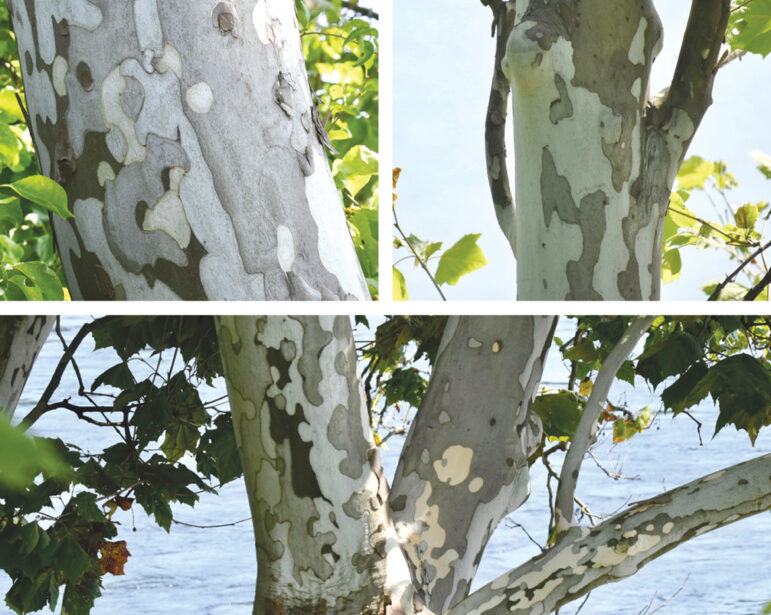Anna Quindlen, one of my favorite authors, spoke about boredom in her essay entitled Doing Nothing is Something. She talked about all the thinking she did when peering out the window or looking for split ends, both very relatable endeavors. She said, “Boredom is really the quiet moving inside that (can) fuel creativity.”
Recently, I was at an event which involved sitting in rows of seats with a bunch of people I did not know, when boredom got the best of me. I was there to better myself and to expand my mind, but sometimes things do not work out quite like I planned. So there I was, not paying attention to the speaker whom I had paid to hear, when I started checking out the back of everyone’s head. Sidebar: I am not a huge fan of the hairbrush so I imagine folks behind me were having a field day with my rat’s nest. At any rate, after surveying the crowd, my eyes rested closer to home on my own ancient looking hands that seem like they should be attached to Lucy Australopithecus’ arms. Or if not that ancient, they reminded me of my mom’s hands or even my gramma’s. I noticed that mine are now covered with a mosaic of discolored skin. There are dark liver spots and rogue freckles that have somehow run together to form a mega freckle. There are veins trying to free themselves from the confines of my papery skin and colorful bruises from repeatedly slamming my hand in the door. But for some reason I hadn’t paid close attention, and now they drew me in. It was like looking at a map of an archipelago on my very own hands. The chain of islands sure wasn’t there in my thirties, but now I was trying to figure out which island was which, an excellent pastime when one is very bored. And, after giving it some thought, my hands didn’t look so bad after all. They reminded me of something. That something was the bark of our sycamore tree.

Pondering the Sycamore
It’s hard to find a more striking tree with it’s own archipelago in the form of amoeba shaped patches of color. There are many fine specimens here in town. My gnarly hands and the sycamore were now forever entwined in my head. And I was glad about that.
The sycamore is native to North America and is also known as the button wood or water beech. The tree which symbolizes strength and protection, can be long-lived and massive. In fact, the largest tree in our state is Simsbury’s Pinchot sycamore named for Gifford Pinchot, known as the father of forestry. But you don’t need to don your twin set to see one as we have many lovely sycamores right in our town. My favorite specimens can be found in some corner of a tobacco field, hosting song birds by the canal path or adding panache to our lovely main street as our sidewalk meanders to make way for their trunks. The sycamore tolerates wet soil and flourishes in floodplains. Its fruiting body is called an achene, which contains seeds and dangles off the branches, attracting birds. An especially striking feature of the sycamore is its bark. It peels off in sheets leaving a brownish, greenish surface beneath. Apparently, the sycamore’s bark is less elastic than most trees, so it needs to peel away to make room when the tree grows. It is such a lovely unveil. And, I have boredom to thank for this image. On to my split ends.